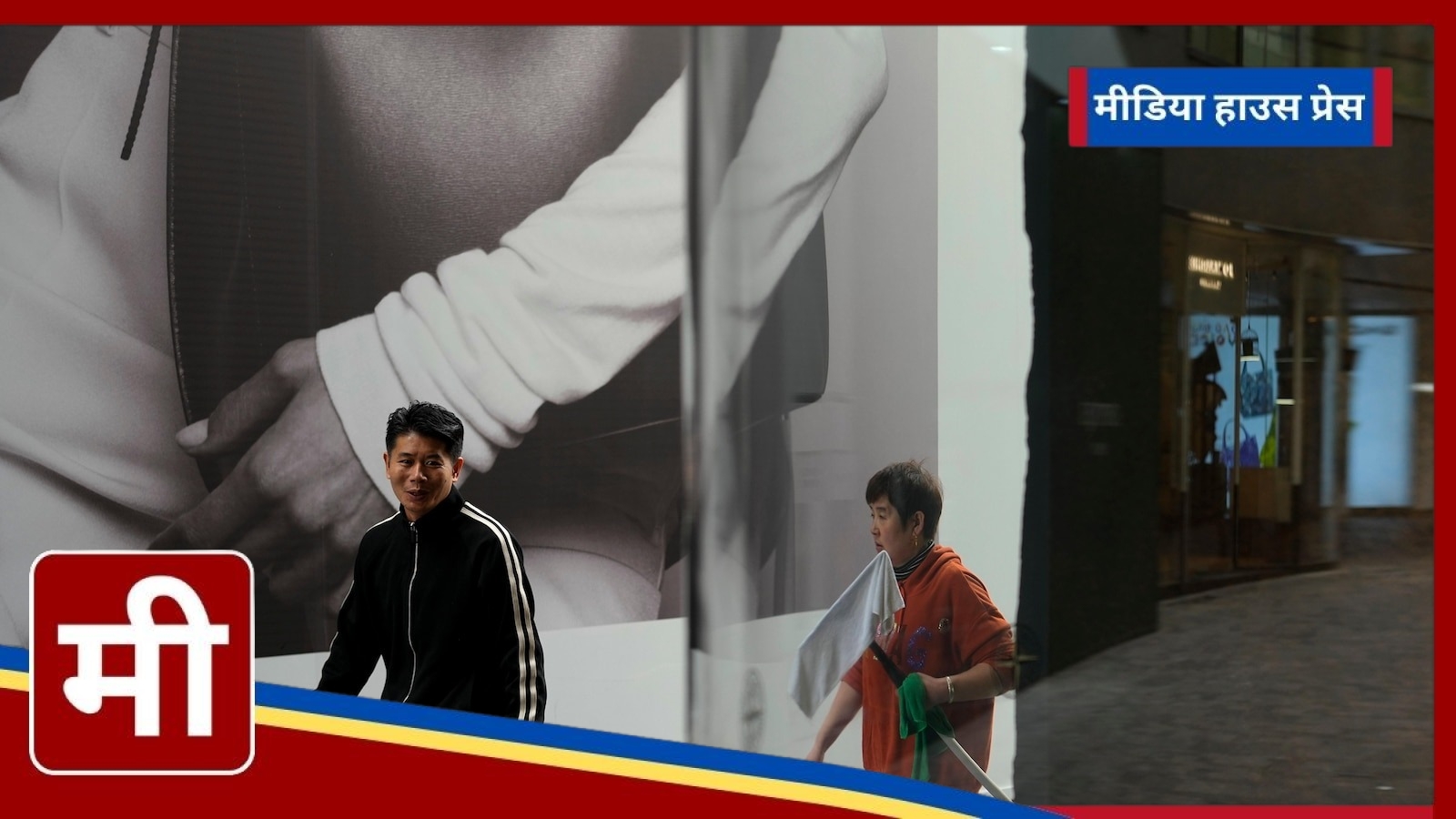This increase marks the first improvement in five months, breaking a streak of consecutive declines. A reading above 50 indicates expansion compared to the previous month, providing a glimmer of hope for the beleaguered manufacturing sector.
Linn Song, an economist with ING Economics, commented on the development, noting that while the 50.1 level represents the smallest potential expansion, it still raises expectations of ongoing contraction. However, he highlighted that this could indicate a continuation of the slight recovery in industrial production observed in September.
The sub-indices of the PMI revealed promising signs of domestic “gradual improvement.” The production sub-index surged to a six-month high of 52.0, while new orders rebounded to a neutral 50.0 after five months of contraction. Other indicators, including employment, purchasing, imports, and backlog orders, also showed reduced declines compared to the previous month, further supporting the positive outlook.
In addition to manufacturing, non-manufacturing activity has also seen growth, with the index climbing to 50.2 from September’s 50.0. This uptick in both sectors reflects the broader economic adjustments occurring in the country.
The recent surge in the PMI coincides with measures announced by the central bank aimed at stimulating the economy, which include lowering the amount of required reserves for banks and cutting interest rates on loans. These initiatives are part of the government’s ongoing efforts to bolster economic activity in light of recent challenges.
Investors and business owners are now closely monitoring developments as they await additional stimulus measures that may be approved during the upcoming meeting of China’s top legislative body next week. The outcome of this meeting could play a crucial role in shaping the economic landscape as China continues to navigate its post-pandemic recovery.

